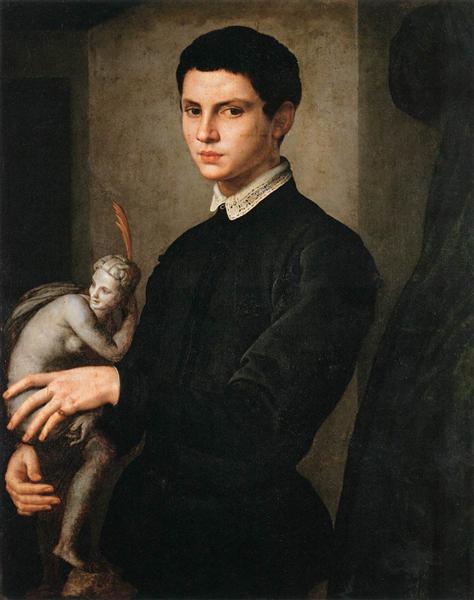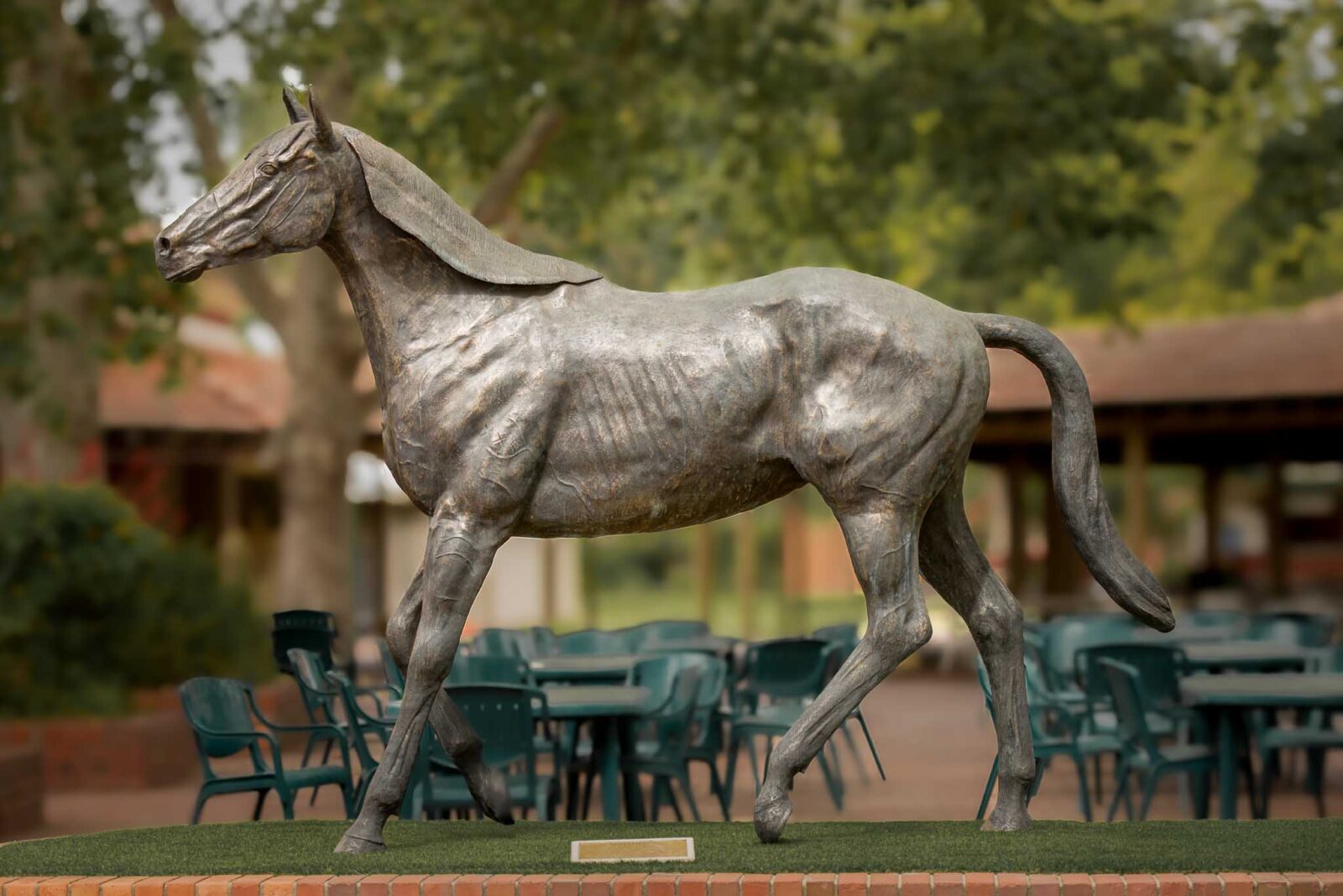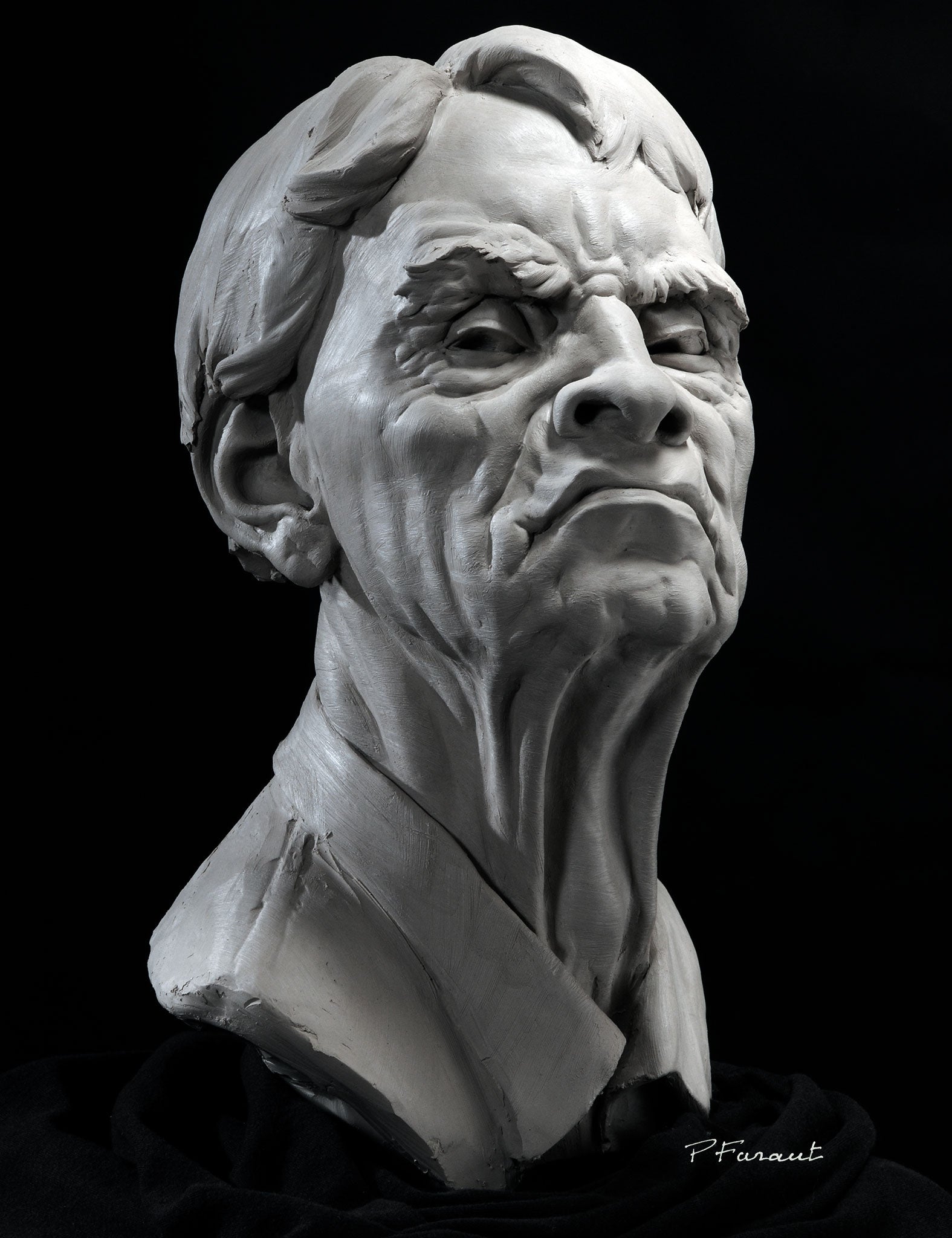Shaping the Human Type: Portrayals of the Body in Sculpture
Forming the Human Type: Portrayals of the Body in Sculpture is a comprehensive exploration of the creative depiction of the human body throughout history. From the elegant marble sculptures of ancient Greece to the intricate masterpieces of the Renaissance, from the ornate and flamboyant Baroque and Rococo sculptures to the avant-garde and abstract expressions of modern-day and contemporary sculpture, this event supplies a fascinating trip via the development of this classic art form.
Ancient Greek Sculptures

Among the defining features of Old Greek sculptures is their emphasis on balance. Each component of the body is diligently crafted to be symmetrical to the whole, creating a feeling of balance and consistency. The carvers paid careful interest to every information, from the placement of muscle mass to the positioning of limbs, guaranteeing that each number appeared both elegant and effective.
The Greeks also valued the idea of idyllic beauty. Instead than illustrating the blemishes and defects of the human form, they looked for to develop an idealized variation of reality. The sculptures usually depicted gods, sirens, and professional athletes, with their bodies sculpted to excellence. Robert C Hitchcock Sculptor. This idealized representation of the human type not only renowned physical elegance but also functioned as a means of inspiring and uplifting the viewer.
Renaissance Masterpieces
Continuing the exploration of the representation of the human form in sculpture, Renaissance work of arts even more refine the idyllic concept of charm, structure upon the unified and in proportion percentages of their Old Greek predecessors. Throughout the Renaissance period, which spanned from the 14th to the 17th century in Europe, musicians looked for to restore the classical ideals of ancient Greece and Rome. They researched and imitated the jobs of the old masters, aiming for a sensible representation of the human body.
Among one of the most popular Renaissance artists was Michelangelo Buonarroti. His work of art, the sculpture of David, exhibits the excellence and grace that became identified with Renaissance art. Standing at over 17 feet high, the sculpture portrays the biblical hero in a state of calm before his fight with Goliath. David's muscular figure, recorded with outstanding information, discloses the musician's proficiency of human anatomy.
An additional notable Renaissance artist was Donatello. His sculpture of Saint George, created in the early 15th century, showcases the musician's capacity to communicate stamina and nobility via the human type. The statue depicts the epic dragon-slaying saint in a poised and positive stance, exuding a feeling of heroism.
Renaissance work of arts not just celebrated the physical beauty of the human body however additionally communicated much deeper significances and feelings. Through their careful attention to detail and knowledgeable workmanship, Renaissance sculptors boosted the art of sculpture to new elevations, leaving an enduring legacy that continues to influence artists to now.
Baroque and Rococo Sculpture
Baroque and Rococo sculpture exemplifies the ornate and luxurious representation of the human type during the 17th and 18th centuries. Identified by its dynamic and significant style, Baroque sculpture aimed to astound audiences with its splendour and emotional strength. Musicians such as Gian Lorenzo Bernini and Alessandro Algardi produced sculptures that conveyed movement, often illustrating numbers in remarkable poses. Using light and shadow further enhanced the feeling of drama, producing a staged result.
Rococo sculpture, on the other hand, became a response to the grandiosity of the Baroque duration. It welcomed an extra delicate and playful method, concentrating on attractive details and elaborate layouts. François Boucher and Jean-Baptiste Pigalle were famous Rococo carvers that crafted works identified by their sophistication and appeal. They commonly represented numbers in elegant and sensuous presents, mirroring the lighthearted and whimsical nature of the Rococo style.
Both Baroque and Rococo sculpture placed a great emphasis on the human kind, celebrating its appeal and expressing a series of emotions - Portrait Sculptor. Whether it was the vibrant and powerful numbers of the Baroque or the stylish and enchanting numbers of the Rococo, these sculptures recorded the significance of the human experience, leaving a long-term influence on the art globe
Modern and Contemporary Sculpture
The advancement of shaping the human kind proceeds in modern and modern sculpture. Modern sculpture emerged in the late 19th century as a reaction to the altering political and social landscape.
In the 20th century, the increase of abstraction and theoretical art brought new opportunities for carvers. Artists like Henry Moore and Barbara Hepworth checked out the relationship in between form and space, creating abstracted and natural figures that challenged traditional notions of representation. Moore's significant bronze sculptures and Hepworth's sculpted rock website here jobs are celebrated for their ingenious use of products and their ability to evoke a feeling of the human body in a non-literal means.
Contemporary sculpture continues to press the borders of depiction and explore new products and strategies. Artists like Antony Gormley and Ron Mueck develop hyper-realistic sculptures that test our perception of the body, while others, such as Louise Bourgeois and Kiki Smith, utilize the body as an allegory for individual and collective experiences. The human kind stays an effective subject in sculpture, offering a platform for musicians to check out identity, emotion, and the human problem.
Cultural Perspectives on the Human Body

In the exploration of sculpting the human form, the evaluation of cultural viewpoints on the human body reveals a abundant and diverse tapestry of interpretations and representations. Throughout history, various cultures have actually held distinct ideas and values regarding the body, causing distinct imaginative expressions - Contemporary Sculptures. These cultural perspectives form the means the human body is portrayed and regarded in sculpture, mirroring societal norms, religious ideas, and aesthetic suitables
For example, ancient Greek sculptures celebrated the idealized human form, emphasizing physical elegance and athleticism. The sculptures portrayed gods, heroes, and athletes with completely proportioned bodies, embodying the Greek principle of physical excellence. In comparison, old Egyptian sculptures concentrated on the conservation of the body in the immortality, portraying figures with stiff poses and idyllic features. The Egyptians believed that the body must be provided in a means that guaranteed its eternal presence.
Similarly, cultural point of views on the body in African art usually stress common identification and spiritual ideas (Portrait Sculptor). Sculptures from different African societies portray the body with exaggerated features, representing social worths and ancestral connections. Aboriginal societies in the Americas additionally have one-of-a-kind viewpoints on the human body, usually depicting it in a spiritual context and emphasizing the connection between humans and nature
The exam of social viewpoints on the human body in sculpture permits us to obtain understanding into the values, ideas, and looks of different societies throughout background. It highlights the diversity of human experiences and the methods which art reflects and shapes our understanding of the human form.

Verdict
Finally, the representation of the body in sculpture has developed in time, mirroring various cultural viewpoints and imaginative activities. From the idealized numbers of Old Greek sculptures to the reasonable and emotive Renaissance masterpieces, and the intricate information of Baroque and Rococo sculptures, to the abstract and experimental types of modern-day and contemporary sculpture. The human body has been a subject of fascination and artistic expedition throughout background, showcasing the diverse interpretations and expressions of the human kind.
Sculpting the Human Form: Representations of the Body in Sculpture is a comprehensive expedition of the imaginative depiction of the human body throughout background. From the splendid marble sculptures of old Greece to the elaborate work of arts of the Renaissance, from the flamboyant and ornate Baroque and Rococo sculptures to the avant-garde and abstract expressions of modern-day and modern sculpture, this event provides a captivating trip through the evolution of this classic art kind. Musicians like Antony Gormley and Ron Mueck create hyper-realistic sculptures that test our perception of the human body, while others, such as Louise Bourgeois and Kiki Smith, make use of the body as an allegory for collective and personal experiences. The human type stays an effective topic in sculpture, supplying a system for musicians to discover identity, emotion, and the human problem.
From the idyllic numbers of Ancient Greek sculptures to the practical and stirring Renaissance masterpieces, and the detailed information of Baroque and Rococo sculptures, to the abstract and speculative forms of contemporary and modern sculpture.